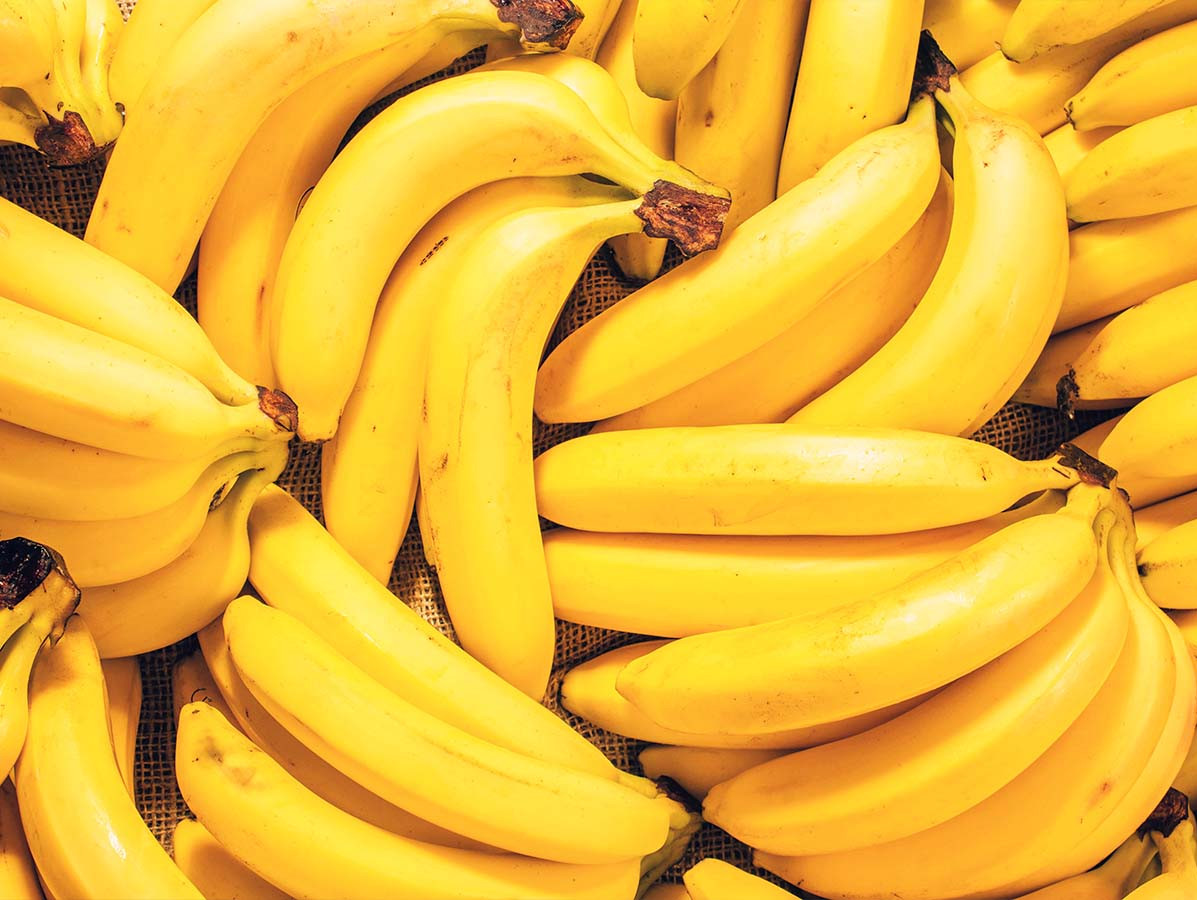
The banana, a globally beloved fruit, has been facing serious threats for years. Climate change, pests, and a devastating fungal disease are putting the future of the banana at risk. Scientists are even warning of a potential 'bananapocalypse.' Fortunately, there is hope: recent research published in Nature Microbiology offers new insights that could potentially lead to a breakthrough.
The biggest threat to banana cultivation is the Fusarium TR4 fungus. This pathogen prevents the banana plant from absorbing water and nutrients, ultimately leading to the plant's death. To date, no effective remedy has been found, and the only viable strategy is isolating healthy plantations. Additionally, there is no alternative banana variety that can replace the current Cavendish banana, which is widely available in supermarkets.
Researchers have spent the past decade intensively studying the Fusarium TR4 fungus, making several crucial discoveries. It turns out that the fungus is not a single species but a complex of various strains that attack different plants. The researchers found that the fungus contains extra genes involved in the production of nitric oxide, a substance essential for the fungus's virulence. By removing two of these genes, the scientists observed a significant decrease in the fungus's harmfulness. These findings open the door to new treatments and strategies to contain the spread of Fusarium TR4.
However, the challenge remains significant. The monoculture in commercial banana farming makes the crops particularly vulnerable to diseases. All Cavendish bananas descend from a single plant, meaning they are genetically identical. This lack of diversity makes banana cultivation susceptible to new outbreaks. Still, the recent research provides a glimmer of hope that bananas can be preserved for future generations.
Source: Scientias